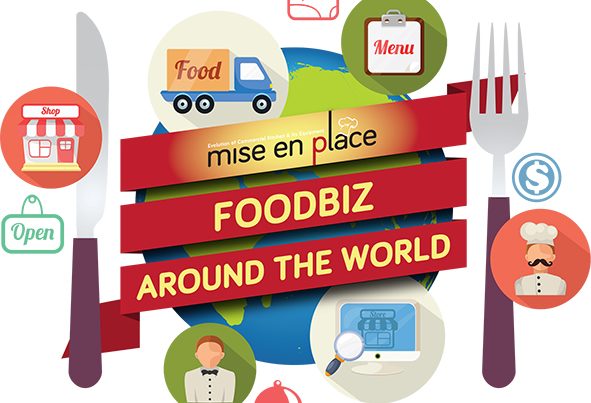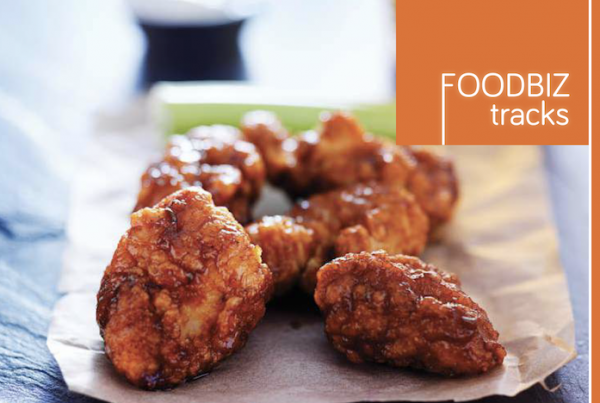
The year end is rolling around. For many restaurants, it is time to pull out the accounts sheet and look into the many facets of operations and think of ways to improve work and be sustainable in the face of a competitive industry. From customers’ preferences, trends in dining, marketing, equipment to operations, everything spells COST. Interestingly, more operators find that expenses actually drop as they invested in certain equipment to simplify and speed up work. This allows better productivity to serve more customers, adding up to profitability that should contribute to the returns of your investment. If not equipment, you might want to think about little innovations to the menu. Whichever it is, starting the year with a dash of new can keep customers attention and motivate the staff to learn as well.
TIME TO ZING UP THE MENU?
NEW can be gold! Most of us are creatures of habit, we enjoy the familiarity yet we do fancy an injection of surprises once in a while. However, menu expansion is more than just “this dish works, let’s serve it!” You might love it but will your customers? Is it also in line with your brand’s identity or would you be able to improvise the item to somewhat reflect why clients come to your restaurant? For example, it would seem out of place for a neighbourhood bakery café to introduce fresh oysters with wine but a comforting seafood chowder will be able to blend in with your price range and existing products like bread. Or suggest a new proposition to clients such as value meals or complimentary items in small servings (also great to introduce your new dishes).
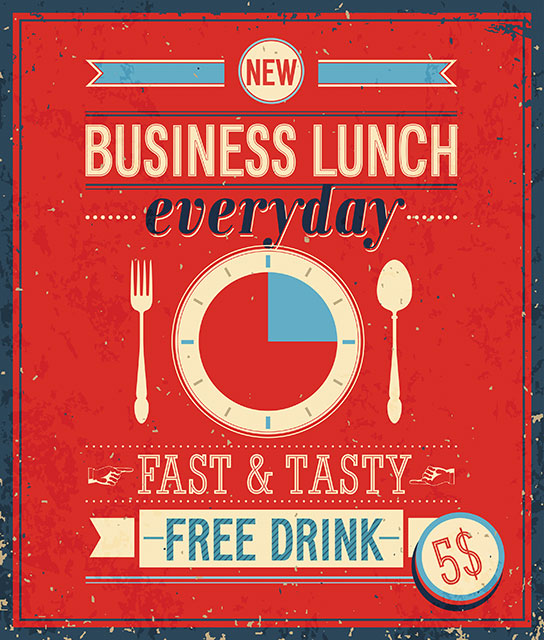
Menu expansion does not mean printing more pages in your menu as it only serves to add inventory cost instead of profit when you are storing more ingredients than usual. You need to avoid overwhelming the kitchen with too many items to prepare and cook. As you would not be able to gauge customers’ reaction so quickly, it is common practice to label new items as ‘specials’ or ‘limited time only’ because they would most likely purchase the ingredients at a lower volume. Should the item happen not to attract clients, the loss of investment is kept minimal.

In most scenarios, Tri-Arc consultants say that unless you are thinking of switching cuisine concepts, most kitchens should have a provision for expansion exercises, they said. The most ideal scenario would be to introduce products that allow you to use the same equipment. You will need to do a test run with the chefs to find out if new food items will disrupt the workflow of the regular items; especially if they are prepared using the same tools. If you bring in new equipment, do you have adequate manpower to manage it? Regardless, equipment will increase your expenditure therefore you want to consider if those new food items are worth the investment.
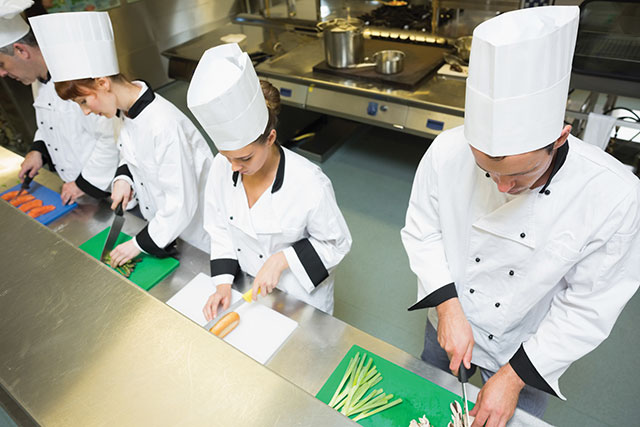
ALL-DAY SERVICE WITH LESS
Revise how service works. Many food businesses open the whole day to maximise business opportunities and it could also be required as tenants in malls. However, there will be slow periods where you actually do not need a full strength crew. Depending on the food you
serve, you can minimise labour with accelerated cooking technologies. This can help improve profit margins when food is available to customers seeking for meals at odd hours of the day.
MENUMASTER® COMMERCIAL XPRESS
Accelerated cooking technologies can be applied in café settings or even fast casual restaurants to a certain extent. Over 40 years, Menumaster® worked on developing the microwave technology that can work to cook as well as reheat. For example, chefs can assemble a 14” pizza and freeze it; the Menumaster® bakes it in 2 minutes 30 seconds. Or bake a potato from scratch in less than 2 minutes using the model with the highest wattage. Microwaved foods in an establishment used to be shunned but this could be due to the misappropriation of using a residential microwave that is not powerful enough to retain food nutrients, texture and colour. Using accelerated cooking equipment requires planning and understanding of food ingredients. It is important that food is cooked and stored in a proper manner, so that it will not lose any of its composition during rethermalising (read about proper holding of cooked food in page 58). The machine is small and should fit easily in any kitchens if you have an issue with space. With the proper training, the frontof-house can operate a Menumaster® oven. Chefs can spend time on keeping up with suppliers, understanding consumer trends and developing the menu, a service that Menumaster® extends to its customers.
For more information on accelerated cooking, visit http://en.acpsolutions.com/menumaster/
OFFER SOMETHING SPECIAL?
What about desserts? One of the easiest items to offer would be ice-cream yet you might have crazy flavour combinations that the market does not have. Well, artisan creations are in the limelight now. Described as food produced by non-industrialised methods and not for mass-production, an artisan gelato or sorbet can be the tweak up your sleeves with this tiny machine.
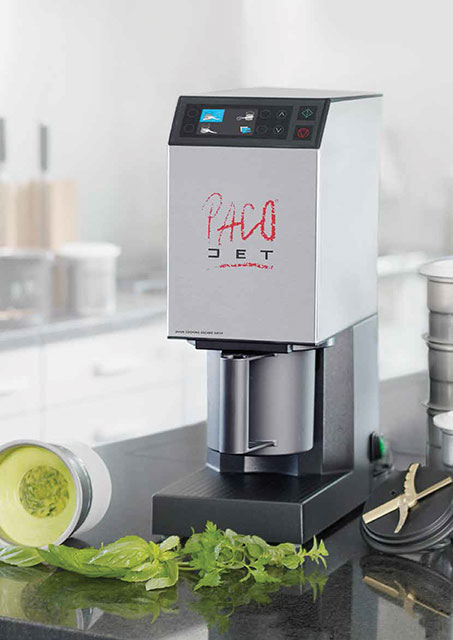
PACOJET
The nifty appliance “pacotizes” any frozen ingredient without the need to thaw them and is a favourite to make special flavoured ice-creams on the spot, thus reducing the need for freezer space or limitations of ingredients. You can deep-freeze ingredients that might be seasonal or hard to obtain and ensure that the ‘special item’ will be adequate to satisfy customers’ demands. It only needs 20 seconds to produce an individual portion of ice cream or 1.0 litres in less than 4 minutes; in one hour you can have 15 litres of sorbet or ice cream. If there are unused ingredients, they can be simply popped back into the freezer.
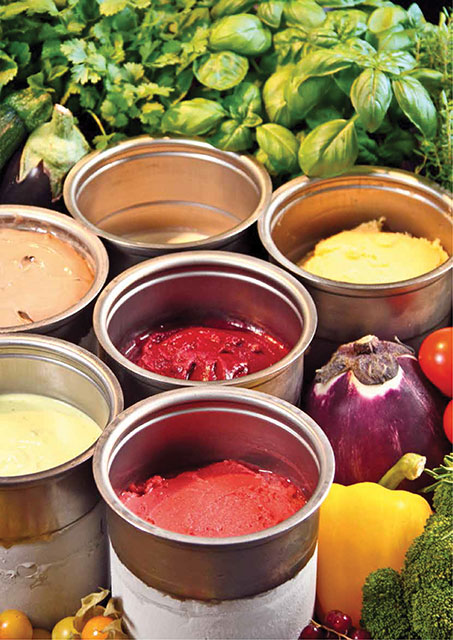
The technology of Pacojet lies in its high-speed blade (2000 rpm) that “shaves” an extremely fine layer (< 2μ) with each revolution. Of course it is not made for icecreams only; the Pacojet is widely used by professional chefs to make mousses, soups, sauces, terrines, even herb and spice concentrates. Compact is its selling point as you would not need to shift anything in the kitchen yet being able to suggest something different for your customers to generate more revenue as they would be inclined to pay a premium for something ‘limited’. Visit www.pacojet.com for more information and recipe ideas.

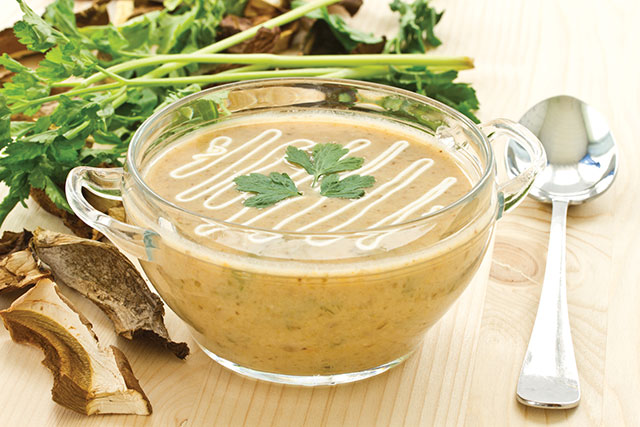
CREATING NEW TEXTURES
During preparation, kitchens tend to throw away parts of fruits and vegetables that we deem inedible or unacceptable to serve. It could also be the lack of time to process these ingredients into something else. However, these ‘scraps’ hold plenty of inspiration and with some ideas and machinery help; you can transform them to provide a new flavour and texture sensation to diners. With costs always on the uphill, kitchens can manage ingredients in a smarter way without spending too much on time and labour to fully maximise the potential of produce. ELECTROLUX K45/55/70 RANGE OF FOOD PROCESSORS Besides chopping, mincing, grinding and blending food items quickly, this space-saving countertop processor can be used to make use of the abovementioned often discarded items. Use it to finely chop the green leafy tops of root vegetables like beet, radish and turnips for salads or puree the leaves with garlic, olive oil, pine nuts, salt and pepper to make fresh pesto. Restaurants usually serve broccoli florets for its aesthetic value but the stalk can be shredded for salads while the stems of herbs like basil, mint, cilantro or parsley can be pureed with some olive oil to become a power packed pesto. Another unique proposition is its ability to make “texture modified meals” through homogenisation achieved with its high maximum speed of 3700 rpm. A scraper that works to ensure everything is well mixed without any solid bits left in the smooth textured food. Although homogenised food is usually associated to feed those with difficulty chewing, the kitchen is a chef’s playground and there is no limit to how they can present ingredients. The food processor comes with a bowl and rotor blades designed to yield uniformed results whether mixing large or small quantities while pulse function lets you chop large pieces of ingredients quickly. It comes with dedicated rotors with smooth or microtoothed blades and one specific for emulsions. The high chimney increases real liquid capacity (75% of the nominal one) allowing larger amounts to be processed at once.
For more information, visit www.electrolux.com/professional
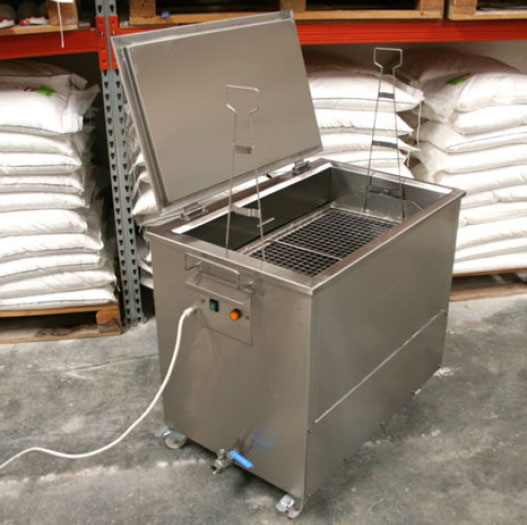

SIMPLIFY WASHING UP
Know those charred and blackened bits at the bottom of pots and trays? Over time, “fat build-up” soon turns into carbon like crust that makes it almost impossible to remove at times. Plus, who wants to slave over the hard work of scrubbing?
FAT TANK INTERNATIONAL
To ease the labour, the company developed a TIGER (CARBON REMOVER) POWDER which is a non-toxic and non-corrosive powder that only needs to be dissolved in water in specially designed Soak Tanks. The powder is safe to touch therefore not requiring protective clothing. Utensils are soaked in the tank and come out clean within a few hours and ready for use after a quick rinse. TIGER POWDER cleans at 100% capacity for 28 days and the service team will come and empty, clean, run maintenance check and fill the Fat Tank. With tanks in various sizes, kitchens can soak and clean almost any utensils (pots, pans, aluminum baking trays, filters, grill tops) especially those that cannot go into a dishwasher. Soak tanks are thermostatically controlled, runs on electricity and made with double skinned insulated stainless steel. There is even an Extra Large Tank that is able to hold trolleys. Working on a thermostat and beaker switch, an average establishment should use only 1 hour worth of electricity daily to run the Fat Tank, also saving water because you would not be rinsing utensils as per usual practice. As TIGER POWDER removes carbon layer by layer, it will take longer to work if the amount of carbon is high. However, soaking items regularly ensures lesser carbon to remove, resulting in less soaking time.
For more information, visit www.fattankinternational.com
References
http://www.staples.com/sbd/cre/restaurants/generalresources/ should-you-expand-your-menu.html
http://www.masslive.com/dining/2013/11/off_the_menu.html
http://www.stocktongraham.com/how-to-add-menu-items
http://www.schoolofartisanfood.org/about-us/artisan-food







